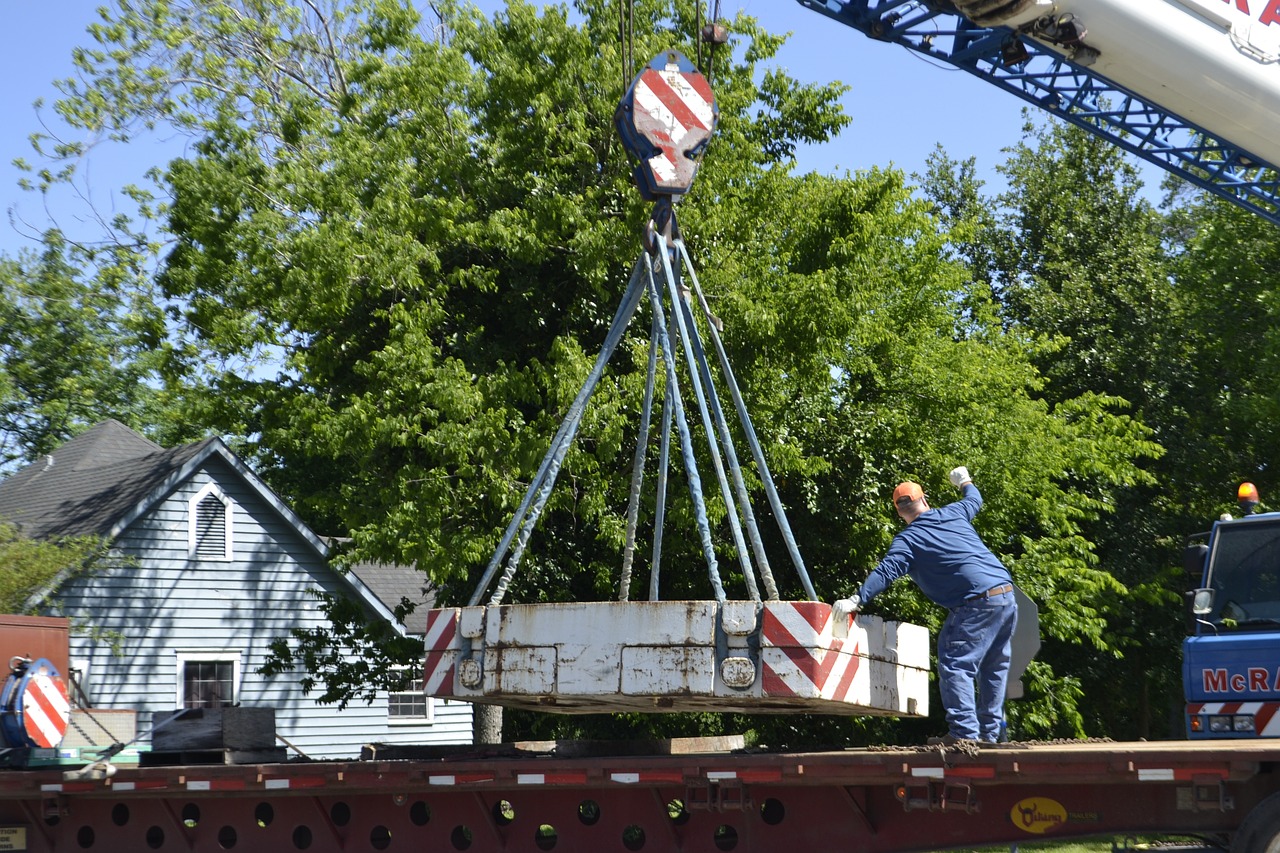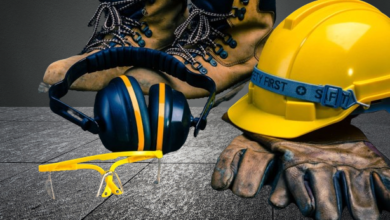Concrete Safety Tips for a Safe Work Environment

Safety is the most important factor whether working with wet or dry concrete. By preventing injuries like burns, abrasions, falls, and cuts, effective concrete safety measures keep employees safe and productive. Here are some concrete safety guidelines you can follow every time you work with concrete to keep both you and other people safe.
Safety Measures to Take When Handling Concrete
To ensure everyone’s safety while working with concrete, you must take certain safety measures when mixing and pouring it.
1. Put on the Proper Personal Protective Equipment (PPE)
For employees applying cement and other concrete formations, what PPE is necessary? Equipment to protect delicate and easily injured body parts, such as the eyes, skin, lungs, and back, is typically included in personal protective equipment (PPE) for concrete work. Wearing the following PPE is advised when working with concrete:
- Gloves and boots: Gloves and boots guard against chemical burns and skin irritation caused by the chemicals in concrete cement. The best protection against these harsh chemicals is to wear gloves and boots resistant to alkali. They can also shield your feet and hands from scrapes and cuts from flying debris.
- Safety goggles: Safety goggles shield the eyes from chemicals and dust from concrete. Put on shatterproof goggles that can withstand strong blows for the best protection.
- Face protection: Wearing a P-95, N-95, or R-95 mask helps shield the lungs from the harmful effects of breathing in concrete dust. For example, workers who inhale large amounts of crystalline silica dust over a period of years may develop silicosis. Many kinds of rock and sand naturally contain silica, which is frequently found in the aggregate used to make concrete. Chronic bronchitis, occupational asthma, and irritation of the nose and throat can also be brought on by breathing in concrete dust. Wearing a respirator or face mask contributes to maintaining healthy, clear lungs.
- Full-length shirts and pants: To lower your risk of burns and skin irritation, you should completely cover your body. Dressing to the fullest extent possible shields your skin from chemicals.
2. Make Use of the Right Instruments
Utilize instruments made especially for dusty work environments to lower the airborne concentration of respirable concrete dust.
Use exhaust-ventilated tools to remove dust at the source whenever possible. Examples of such tools are concrete hammer drills and hand-held cutting saws. Additionally, you can use instruments that have a water supply to help tamp down dust and lessen breathing in.
Make sure you give your tools a thorough cleaning and replace them when necessary. By doing this, they become more effective, decrease the possibility of injury, and lessen the risk of contamination or corrosion.
3. Use the Appropriate Methods
Larger-scale methods can be employed to manage concrete dust if specialized tools are not an option. To avoid dust inhalation, for instance, you will need to ventilate the larger workspace if you are unable to sufficiently ventilate the dust at the source.
To prevent injuries, you should also lift and handle objects with care. Your back may get harmed when lifting large concrete slabs and bending over. Never twist your back when carrying a heavy load; instead, squat and lift with your legs to maintain proper posture for your spine and back muscles. Seek assistance from a partner to lift a large object with you, or use a machine.
4. Provide access to washing stations
Eyewash stations ought to be available wherever mixing or pouring of concrete takes place. In this manner, if workers accidentally get concrete dust or debris in their eyes, they can quickly rinse them out.
There ought to be general restrooms and sinks at the location. Clean towels, non-alkaline soap, and clean water should be available at these stations. Washing right away after exposure reduces the risk of burns and skin irritation.
How to Work Safely on a Concrete Construction Site
A building site poses a number of additional risks. You will need to exercise all common sense caution when handling concrete. You’ll also need to take some extra precautions to safeguard your ears, feet, and head. Construction sites often contain falling objects and loud noises. Protecting your hearing and preventing injuries in this setting requires proactive safety measures.
Let’s examine a few more safety measures that should be taken when handling concrete on a building site.
1. Put on Extra Protective Gear
If you work with concrete, you most likely already have on protective eyewear (PPE) such as goggles, a face mask, and gloves. Consider putting in extra tools on a building site, such as these:
- A helmet or hard hat
- Boots with steel toes
- Plugs for ears
By donning this equipment, you can avoid getting hurt in an accident or from loud noises that are repeated. A hard hat can help prevent serious head injuries in the event of a heavy beam falling from above. Steel-toed boots prevent you from smashing your feet and toes when you drop a large concrete slab or a heavy drum. Your hearing is shielded from high-decibel noise by wearing earplugs.
2. Use caution when in mixers and around buckets of concrete.
It is not acceptable for workers to stand beneath or ride in raised or lowered concrete buckets. Additionally, teams should arrange buckets so as to expose the fewest people possible to dangers. By adhering to these recommended practices, construction site workers are shielded from potentially fatal crushing injuries.
Additionally, you should exercise extra caution when working near or inside concrete mixers. Heatstroke can result from taking too long cleaning the enclosed mixer on a hot day, and workers who get caught in mixers when they turn on risk getting hurt or suffocated by wet concrete. When near mixers, exercise caution and awareness to prevent these possible risks.
3. Actively Communicate With Your Group
One frequent cause of mishaps and injuries on a construction site is inadequate communication. Make sure to remove people from the area before pouring or moving concrete. Tell your coworkers so they can move aside if you must perform tasks that could cause significant amounts of dust or hurt other workers in the area.
Additionally, construction sites should be transparent about the risks associated with handling concrete. Any risks that employees may face while working should be posted. They should also keep clear labels on any hazardous materials and safety data sheets (SDSs) that are accessible to all staff members.
4. Remain Aware and Watchful
It is not appropriate to fall asleep or become sidetracked at a construction site. A minor distraction may be sufficient to trigger a catastrophic mishap.
Try not to lose focus on the task at hand, even if the workday is long and difficult. When operating potentially dangerous machinery, avoid engaging in conversation, and make sure you take your breaks in a secure location away from gathered dust.
Even when you’re on a tight schedule, don’t forget to take your scheduled breaks. One of the best ways to stay focused and awake is to give your body and mind a little respite.

